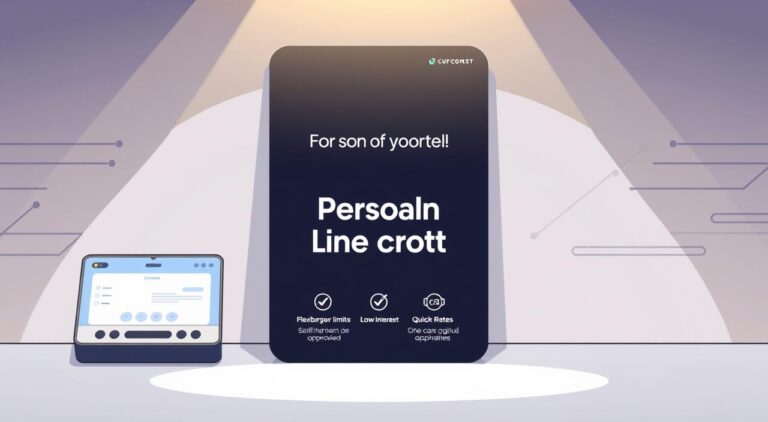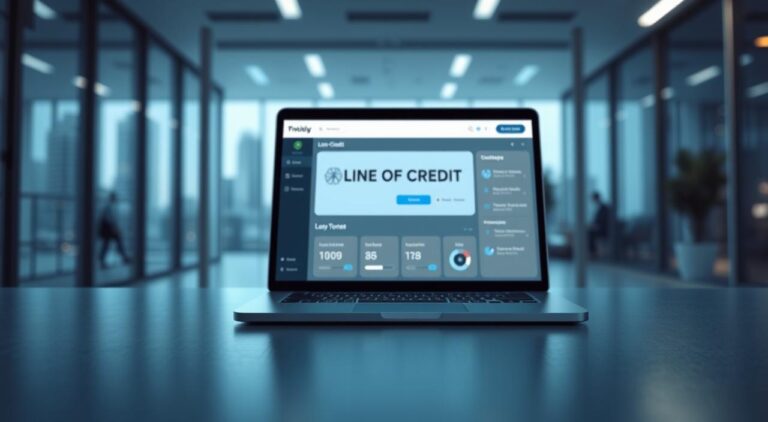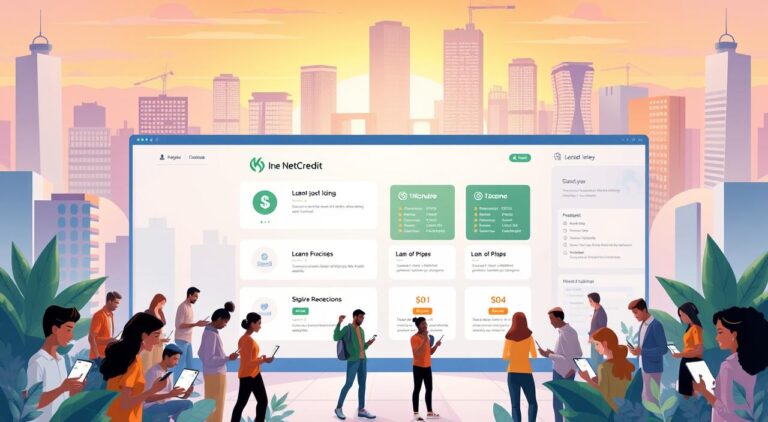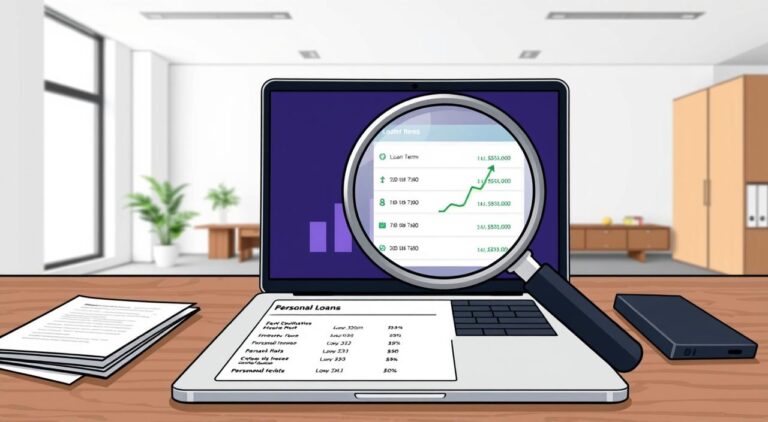Discover Best Line of Credit Rates from US Banks in 2025
As we navigate the current financial landscape, understanding the best credit rates available from US banks is crucial for making informed decisions about your financial health.
In 2025, the market for lines of credit is expected to be influenced by various factors, including Federal Reserve policies and economic trends.
Home equity lines of credit (HELOCs) and personal lines of credit are two popular options, each with its own set of benefits and considerations.
Major national banks and regional lenders are offering competitive rates, but the key is to find the most favorable terms based on your financial situation.
Key Takeaways
- Competitive line of credit rates available from US banks in 2025.
- Impact of Federal Reserve policies on credit rates.
- Comparison of home equity lines of credit and personal lines of credit.
- Top lenders offering the most favorable terms.
- Actionable insights to secure the best possible rates.
Understanding Lines of Credit in 2025
As we navigate the financial landscape of 2025, understanding lines of credit has become increasingly important for managing expenses and financing large purchases. A line of credit is a flexible loan that allows borrowers to draw funds as needed, repay them, and draw again, making it an attractive option for those with ongoing expenses or variable income.
What is a Line of Credit?
A line of credit combines the flexibility of a credit card with the spending power of a loan, allowing borrowers to access funds repeatedly over a set period. Unlike traditional loans, where the entire amount is disbursed at once, a line of credit provides the ability to borrow only what is needed, when it is needed, thus potentially reducing interest costs.
Types of Lines of Credit Available
In 2025, consumers and businesses can choose from various types of lines of credit, including home equity lines of credit (HELOCs) and unsecured personal lines of credit. HELOCs allow homeowners to borrow against their home equity, while personal lines of credit offer a flexible borrowing option without requiring collateral. Additionally, lenders offer specialized lines of credit for businesses, providing them with the capital needed for operational expenses or expansion.
Current Line of Credit Rate Trends for 2025
As we navigate the financial landscape of 2025, understanding the current trends in line of credit rates is crucial for making informed decisions. The interest rate environment for lines of credit has seen significant changes since 2024, influenced by various economic factors and monetary policy decisions.
How Federal Reserve Policies Impact Rates
The Federal Reserve’s monetary policy decisions have a direct impact on variable-rate lines of credit. Recently, the Fed voted to leave interest rates steady, as it weighs inflation risks and the impact of economic policies. This decision has kept home equity line of credit (HELOC) rates stable, with the average $30,000 line of credit HELOC rate holding steady at 8.27 percent.
National Average Rates Overview
National average rates for home equity lines of credit and personal lines of credit from major US banks are being closely monitored. Currently, home equity credit lines have variable interest rates tied to the prime rate, which is influenced by Federal Reserve policy changes. Lenders are adjusting their rates accordingly, affecting borrowers’ decisions.
By understanding these trends and how they compare to other borrowing options like personal loans and credit cards, borrowers can make more informed choices about their credit options.
Best Home Equity Line of Credit (HELOC) Rates from US Banks in 2025
In 2025, FourLeaf Federal Credit Union stands out for its exceptional home equity line of credit rates, making it a top choice for homeowners.
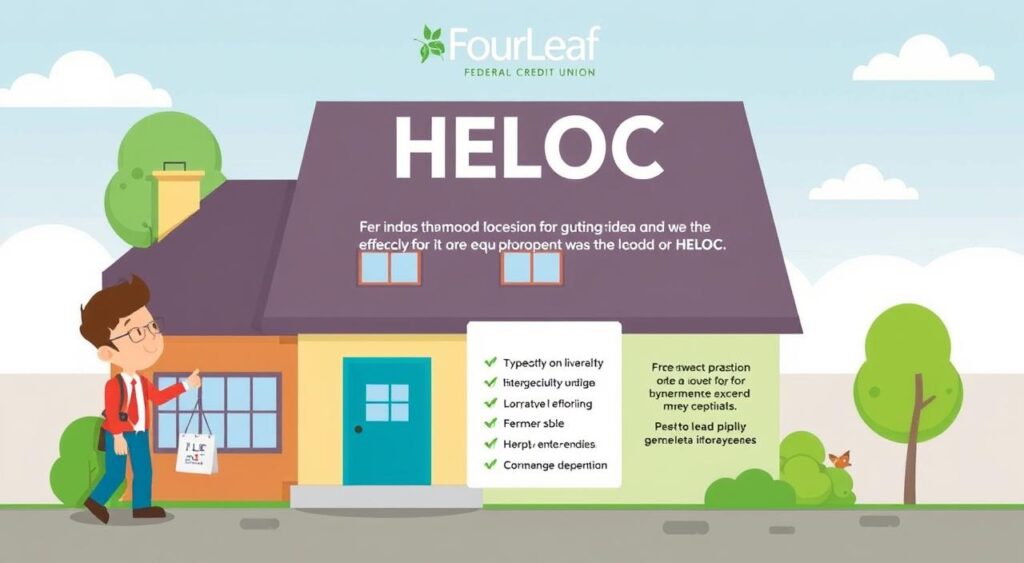
FourLeaf Federal Credit Union
Overview
FourLeaf Federal Credit Union offers competitive home equity line of credit (HELOC) options with a credit line up to $1 million. Their HELOC features a 10-year draw period followed by a 20-year repayment period.
Pros
The credit union’s HELOC comes with several benefits, including a low introductory APR of 6.49% for the first 12 months. Notably, they do not charge annual fees, application fees, appraisal fees, or origination fees, making it a cost-effective option. Additionally, closing costs are covered for credit lines up to $500,000.
Cons
While FourLeaf Federal Credit Union’s HELOC offers many advantages, there are some drawbacks. Membership in the credit union is required, which includes opening a savings account with a minimum balance of $5. Furthermore, if you close your HELOC within 36 months, you will need to repay the waived closing costs.
Features
One of the standout features of FourLeaf’s HELOC is the flexibility to convert some or all of your variable-rate balance to a fixed-rate loan at no additional cost. This feature provides borrowers with more control over their loan repayments.
Top-Rated HELOC Providers with Competitive Rates
In the competitive landscape of home equity lines of credit, certain lenders emerge as leaders due to their favorable rates and customer-friendly features. This section compares three major HELOC providers—Third Federal Savings, TD Bank, and Bank of America—analyzing their competitive rates and unique offerings.
Third Federal Savings
Third Federal Savings offers HELOCs with credit lines from $10,000 to $300,000, a 10-year draw period, and a 30-year total repayment period at a competitive 6.99% APR. They don’t charge application or origination fees, and borrowers can pay off their debt early without penalty.
Overview: Attractive APR, no application or origination fees.
Pros: Competitive rate, flexible repayment terms.
Cons: $95 annual fee (waived the first year).
Features: 10-year draw period, 30-year repayment period.
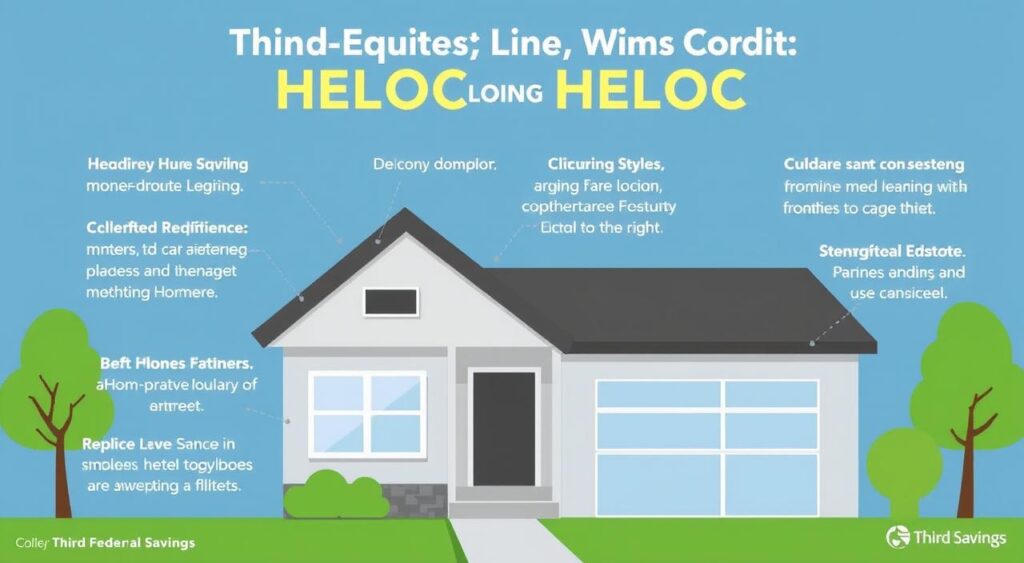
TD Bank
TD Bank offers HELOCs starting at $25,000 with a 10-year draw and 20-year repayment period at 7.34% APR. They charge a $50 annual fee on loans over $50,000 and a $99 origination fee.
Overview: Competitive APR, existing customers receive a 0.25% rate discount.
Pros: Flexible terms, rate discount for existing customers.
Cons: Origination fee, annual fee on larger loans.
Features: 10-year draw period, 20-year repayment period.
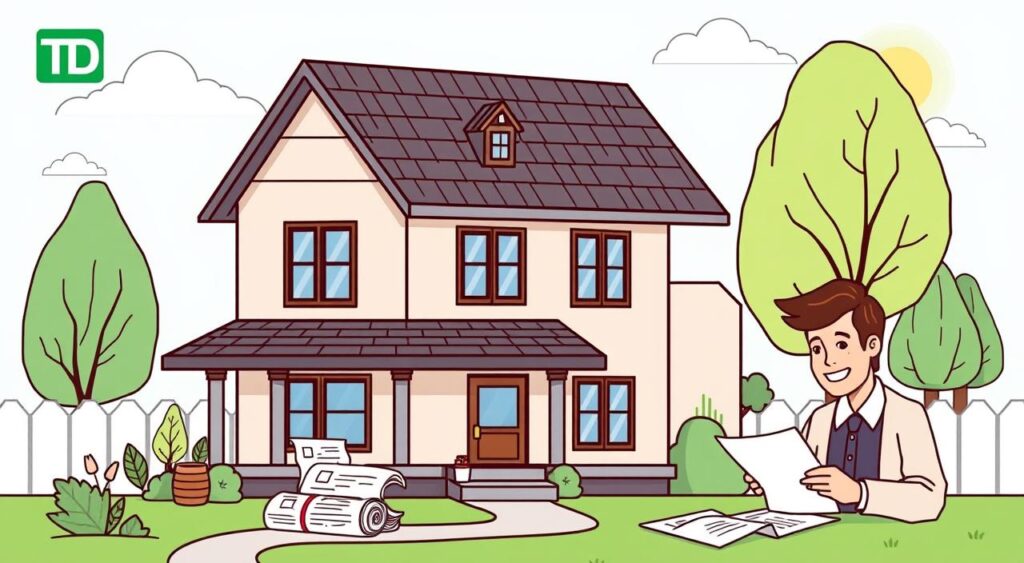
Bank of America
Bank of America offers HELOCs from $15,000 to $1 million with a 10-year draw and 20-year repayment period starting at 8.05% APR. They charge no application fees, annual fees, origination fees, or closing costs on lines up to $1 million.
Overview: Premium HELOC product with high credit limits.
Pros: No fees, ability to convert portions of the balance to fixed-rate loans.
Cons: Higher APR compared to some competitors.
Features: Credit lines up to $1 million, flexible repayment options.
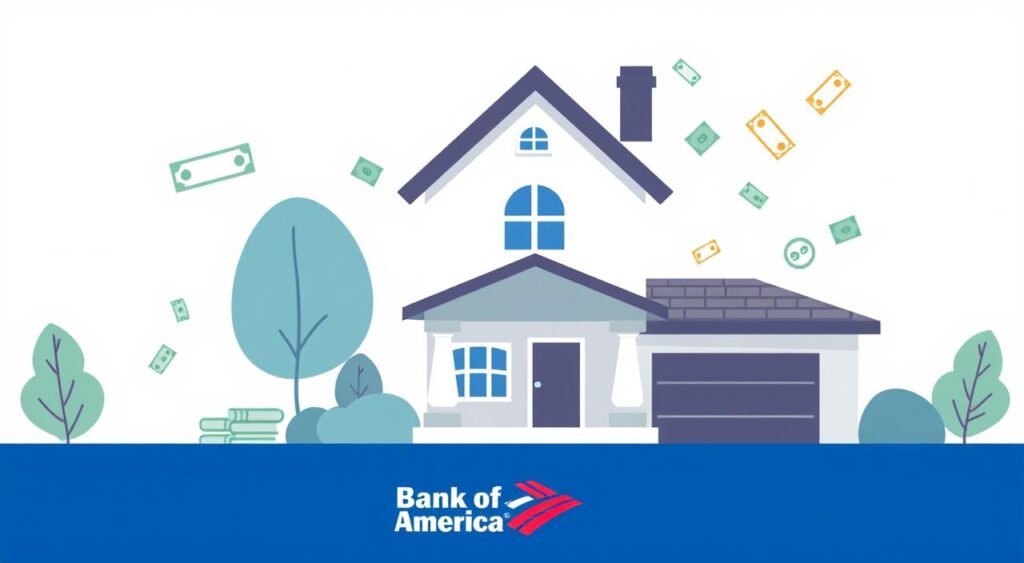
Best Personal Line of Credit Options in 2025
In 2025, individuals seeking flexible financial solutions can consider top personal line of credit options from leading lenders. These unsecured credit products offer a range of benefits, including competitive rates and flexible repayment terms, making them an attractive choice for various financial needs.
MoneyLion
MoneyLion is a marketplace that provides access to personal loans and lines of credit from a network of lenders. The application process is quick and straightforward, with results available in seconds without affecting your credit score.
Overview
MoneyLion’s platform allows borrowers to compare multiple personal line of credit offers simultaneously, making it easier to find the best fit.
Pros
Quick application process, No impact on credit score for initial results, and access to multiple lenders.
Cons
Potential for higher interest rates depending on the lender and borrower’s creditworthiness.
Features
Competitive rates and flexible terms available through its network of lenders.
U.S. Bank
U.S. Bank offers personal lines of credit up to $25,000 with rates ranging from 12.50% to 22.50% and terms from 1-7 years. There’s no annual fee, and you can link it to your U.S. Bank checking account for easy transfers or as backup overdraft protection.
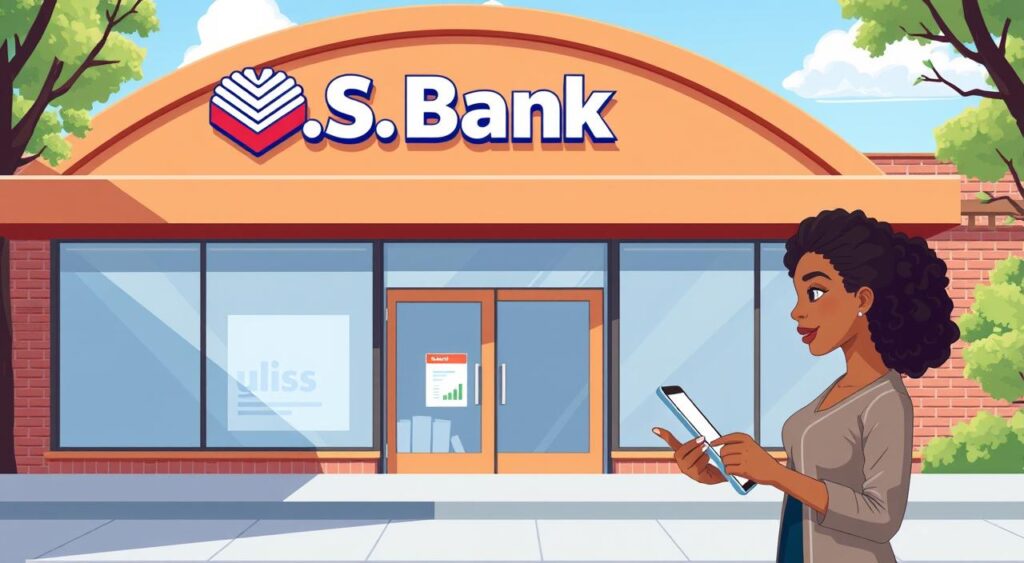
Overview
U.S. Bank’s personal line of credit is a straightforward, unsecured loan product with competitive rates.
Pros
No annual fee and flexible credit lines up to $25,000.
Cons
Interest rates can be high for borrowers with lower credit scores.
Features
The ability to link to a checking account for overdraft protection is a notable feature.
Truist
Truist offers several personal lines of credit, including unsecured lines up to $50,000 with rates starting at 13.69%. There are no application or cash advance fees, and same-day funding is available in select cases.
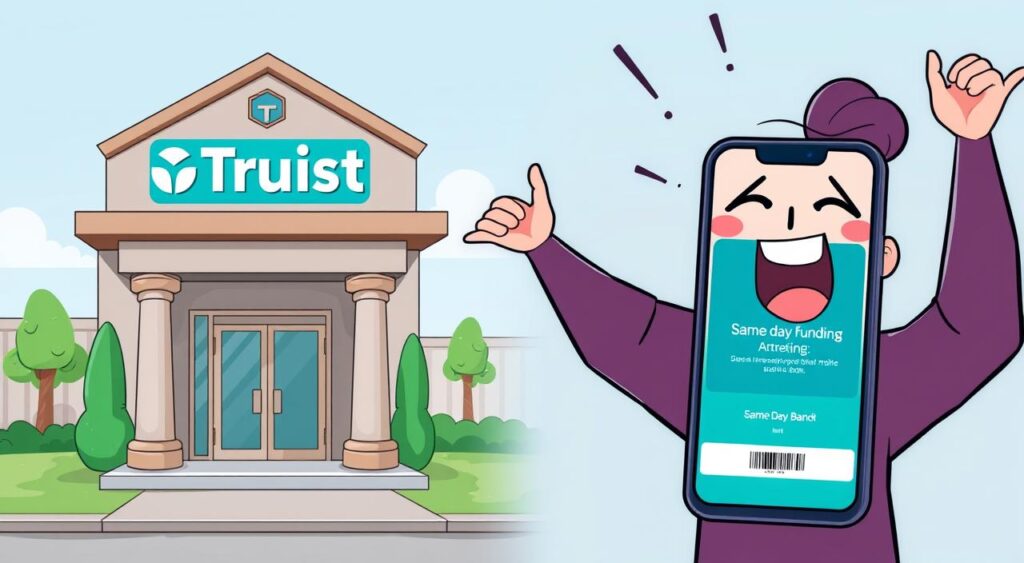
Overview
Truist’s personal line of credit products cater to a range of financial needs, with competitive rates and terms.
Pros
No application or cash advance fees and the potential for same-day funding.
Cons
Higher credit limits may require more stringent credit checks.
Features
Unsecured lines up to $50,000 are available, offering significant financial flexibility.
Regional Banks with Competitive Line of Credit Rates
The line of credit landscape is being reshaped by regional banks offering highly competitive rates. These institutions often provide more personalized service and potentially more flexible underwriting than national banks, making them attractive options for borrowers.
BMO
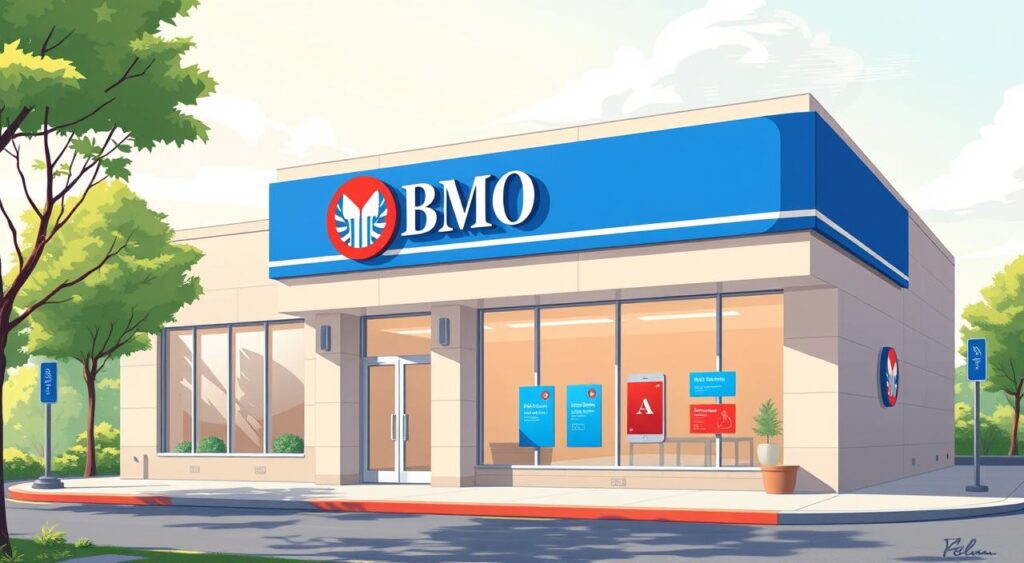
Overview
BMO offers HELOCs with credit lines ranging from $25,000 to $150,000, featuring a 10-year draw period and 20-year repayment term. Their rates are competitive, with 7.57% for fixed-rate and 7.78% for variable-rate options.
Pros
BMO’s no application fees and low-to-no closing costs make their HELOCs attractive. The flexibility in rate options is also a significant advantage.
Cons
The variable-rate HELOC comes with a $75 annual fee during the draw period. Additionally, there’s a $75 fee for converting part of the balance to a fixed rate after closing.
Features
BMO’s HELOCs offer flexible rate options and a substantial credit line, making them suitable for various financial needs. For more information on using home equity wisely, you can visit Smart Home Decor Investments ROI.
Connexus Credit Union

Overview
Connexus Credit Union offers HELOCs starting at $5,000 with a unique 15-year draw period and 15-year repayment term. Their rates are 8.17% for standard HELOCs and 8.67% for interest-only options.
Pros
There’s no annual fee associated with Connexus Credit Union’s HELOCs, making them cost-effective. The extended draw and repayment periods offer flexibility.
Cons
Membership in the credit union is required, which might limit accessibility for some potential borrowers. Closing costs can range from $175 to $2,000 based on loan terms and property location.
Features
Connexus Credit Union’s HELOCs are characterized by their extended draw and repayment periods, providing borrowers with more time to manage their finances. The competitive rates and lack of annual fees add to their appeal.
How to Qualify for the Best Line of Credit Rates
Qualifying for the most competitive line of credit rates requires a combination of good credit habits and financial stability. Lenders consider several key factors when evaluating applicants.
Credit Score Requirements
Your credit score plays a crucial role in determining the line of credit rate you’ll qualify for. Most lenders require a minimum credit score of 650-680, though some, like FourLeaf Federal Credit Union, demand scores of 720 or higher for their best rates. Maintaining a high credit score can significantly improve your chances of securing a favorable rate.
Income and Debt-to-Income Ratio Considerations
Lenders also assess your income and debt-to-income ratio to ensure you can manage your debt obligations. Ideally, your debt-to-income ratio should be below 35%. Verifying your employment and income stability is crucial, as lenders need assurance that you can repay the line of credit.
- A good credit score and a manageable debt-to-income ratio are key to qualifying for the best rates.
- Lenders consider your income stability when evaluating your application.
- The difference between your home’s value and your mortgage balance affects how much you can borrow.
Comparing Fixed vs. Variable Rate Lines of Credit
Understanding the difference between fixed and variable rate lines of credit is crucial for making informed financial decisions. Most Home Equity Lines of Credit (HELOCs) have adjustable interest rates that change based on the prime rate, which is tied to changes in Federal Reserve policy.
Pros and Cons of Fixed-Rate Options
Fixed-rate options provide predictability in monthly payments but typically start at higher rates than variable options. They lock in your interest rate for the life of the loan or a specified period, protecting borrowers from future rate increases.
When to Choose Variable Rates
Variable rate lines of credit offer typically lower initial rates tied to benchmark rates like the prime rate plus a margin. They may be preferable when interest rates are expected to decrease or remain stable. Some lenders offer the option to convert some or all of your balance to a fixed rate, sometimes for a fee.
Understanding Line of Credit Fees and Costs
When considering a line of credit, it’s crucial to understand the various fees associated with it. Beyond the interest rate, several costs can impact the total expense of borrowing.
Common Fees to Watch For
Lines of credit often come with application fees, origination fees, and annual maintenance fees. For instance, TD Bank charges a $50 annual fee on loans over $50,000 and a $99 origination fee. Some lenders, like FourLeaf Federal Credit Union, waive these fees. Closing costs for Home Equity Lines of Credit (HELOCs) can range from $175 to $2,000, depending on the lender and property location.
How to Minimize Costs
To minimize costs, look for lenders that waive fees, especially for existing customers. Be aware of early closure penalties that can recoup waived closing costs. Timing your application with promotional offers can also help reduce expenses. By understanding these fees and comparing offers, you can choose a line of credit that fits your financial situation.
How to Apply for a Line of Credit
Applying for a line of credit can be a straightforward process if you have the right information and preparation. Many lenders allow you to start the application process online by entering your personal and financial information.
Required Documentation
To apply for a line of credit, you’ll need to provide documentation of your income, assets, and debts. For a Home Equity Line of Credit (HELOC), you’ll also need information about your home’s value and your current mortgage. Essential documents include:
- Proof of income (pay stubs, tax returns)
- Asset verification (bank statements)
- Property information for HELOCs
- Identification documents
Application Process Timeline
The application process timeline varies by lender. Some lenders, like New American Funding, can complete the process in as little as 5 days, while others, such as Navy Federal Credit Union, may take 30-40 days, and Bank of America may take around 50 days. Having all your documentation ready can help expedite the process.

Using Your Line of Credit Wisely
When it comes to managing your finances effectively, understanding how to use your line of credit wisely is crucial. A line of credit can offer financial flexibility, but its benefits are maximized when used strategically.
Best Uses for Home Equity Lines of Credit
Home equity lines of credit are ideal for significant expenses such as home improvements, debt consolidation, and major life costs like education or medical bills. Since they’re secured by your home, they typically offer lower interest rates than unsecured debt. For instance, using a home equity line of credit for home renovations can increase your property’s value. You can explore more about home equity options on our sample page.
Smart Ways to Use Personal Lines of Credit
Personal lines of credit are useful for managing irregular income, covering emergency expenses, or bridging temporary cash flow gaps. They offer more flexibility than personal loans because you only pay interest on what you use. However, they typically have higher rates than home equity lines of credit, so it’s essential to manage them carefully to avoid high payment burdens.
Line of Credit Alternatives to Consider
Lines of credit aren’t the only borrowing solution; other options may better suit your financial needs. When evaluating financing choices, it’s crucial to consider alternatives that might offer more benefits tailored to your specific situation.
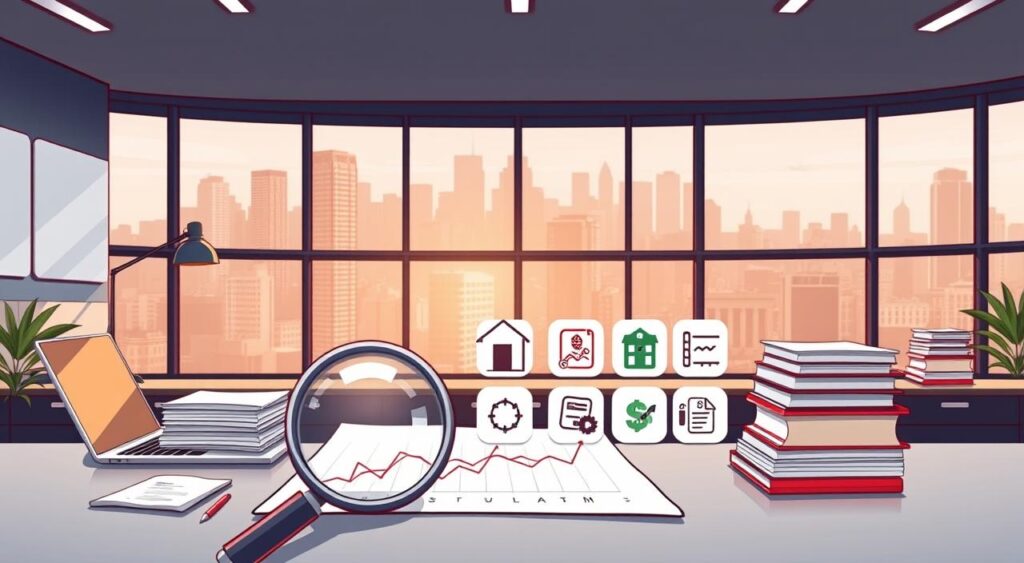
Personal Loans
Personal loans provide a lump sum with fixed payments and rates, making them ideal for one-time expenses. This option is particularly useful when you need a predictable payment schedule.
Home Equity Loans
Home equity loans, or second mortgages, allow you to borrow against your home’s equity with funds delivered as a lump sum, typically with fixed rates. This can be a viable alternative to a line of credit, especially for those who prefer a structured repayment plan.
Cash-Out Refinancing
Cash-out refinancing replaces your current mortgage with a new, larger one, providing a lump sum payout based on your home equity. This option can offer potentially lower overall interest rates compared to a separate home equity line of credit.
Tips for Securing the Lowest Line of Credit Rates
Securing the lowest line of credit rates requires a strategic approach. To achieve the best rates, it’s essential to understand the factors that influence them and take steps to optimize your application.
Timing Your Application
Timing plays a crucial role in securing a low line of credit rate. Monitoring Federal Reserve announcements and applying before anticipated rate increases can help. Additionally, having a good credit score is vital, as it directly impacts the interest rate you’ll be offered. Checking your credit report and taking steps to improve your score before applying can make a significant difference.
Negotiation Strategies
Negotiation is key when dealing with lenders. Shopping around and comparing offers from multiple lenders can provide leverage to negotiate better terms. Consider promotional rates and relationship discounts for existing customers. By leveraging competing offers and requesting fee waivers, you can secure a more favorable rate. It’s also beneficial to explore relationship banking advantages, as existing accounts or loans with a financial institution can qualify you for preferential rates.
Conclusion
With the ever-changing financial landscape, identifying the most competitiveline of credit ratesis crucial for borrowers.
In 2025, US banks offer a range of home equity lines of credit and personal lines of credit with varying rates. To secure the best rates, it’s essential to compare multiple lenders and understand their fee structures.
Borrowers should leverage their credit profile to negotiate optimal terms and maintain manageable debt levels. Lines of credit offer strategic advantages over alternatives like personal loans and credit cards when used responsibly.
As we look ahead to the remainder of 2025 and early 2026, interest rates may fluctuate, impacting repayment terms. By understanding these dynamics and making informed decisions, borrowers can effectively utilize lines of credit to achieve their financial goals.

